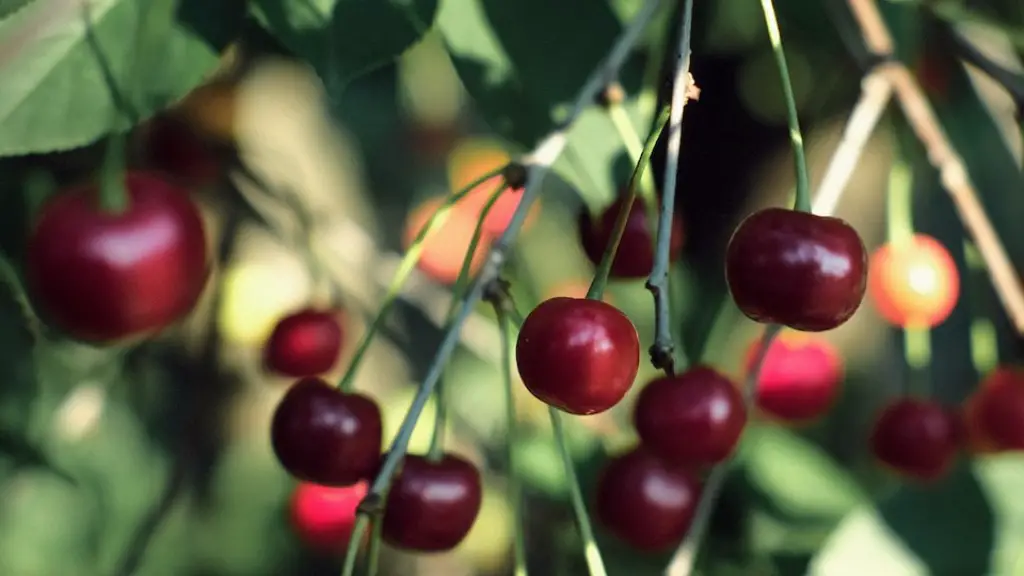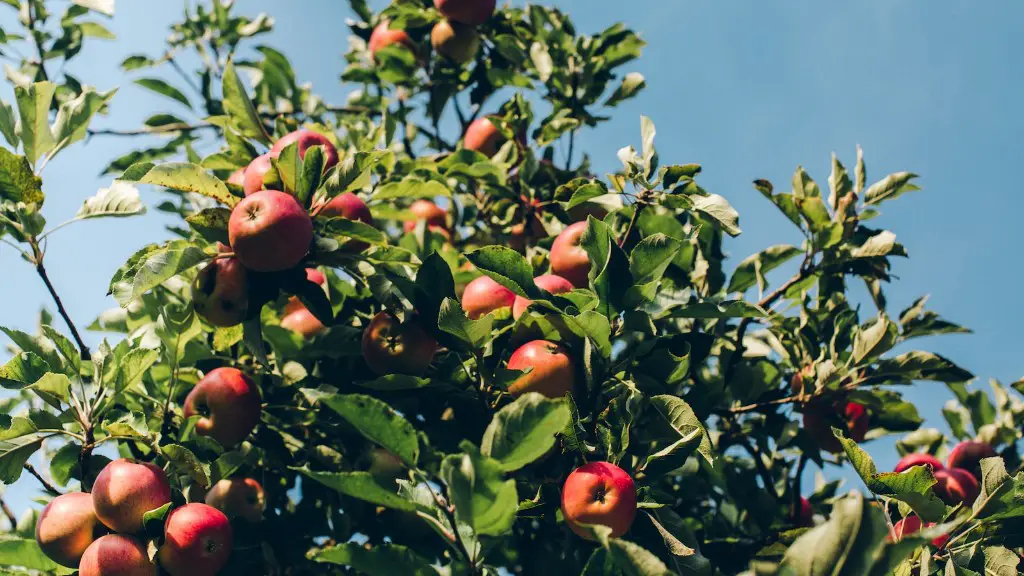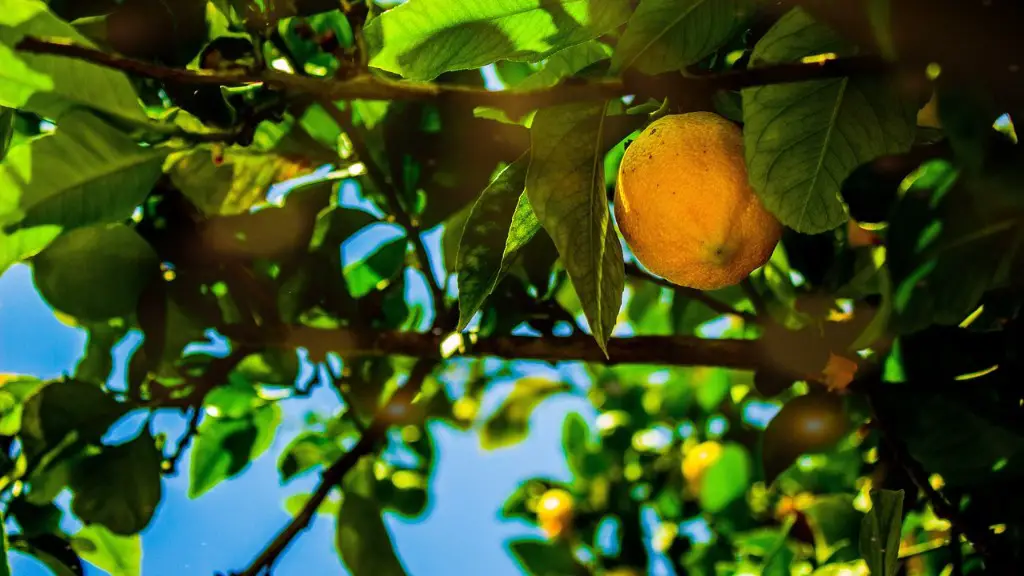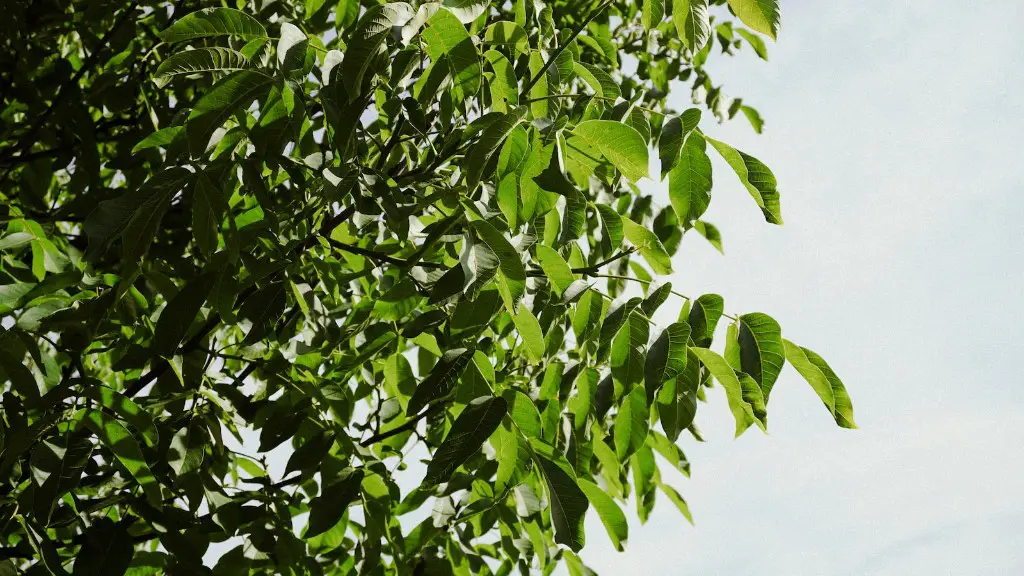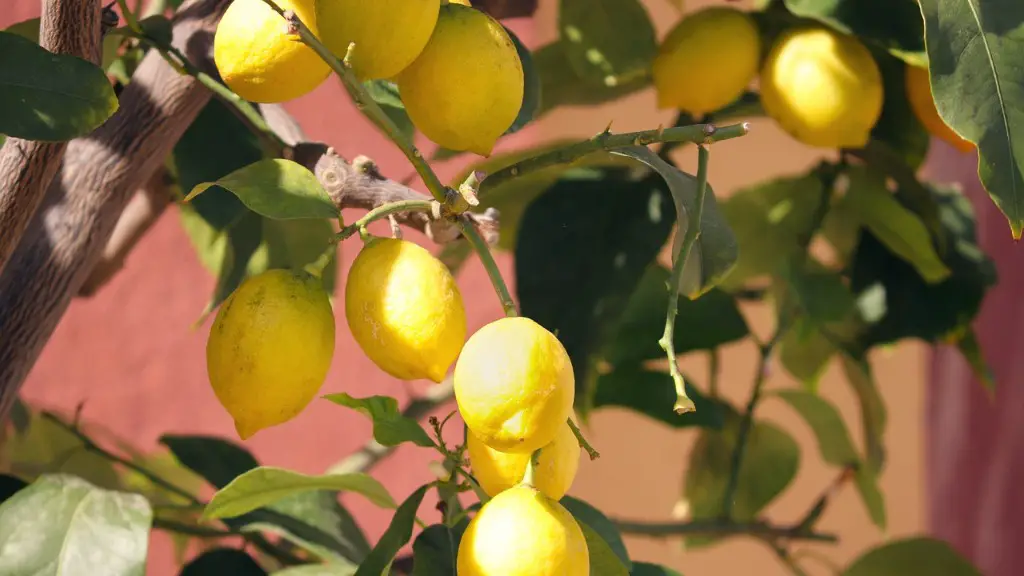One of the most popular fruits with everyone – young and old, avocado is known for its creamy texture and multiple health benefits. An avocado tree may be grown indoors or outdoors depending on the climate, though it may take years before the tree produces its first fruit. Properly planting an avocado tree can make growing avocados a breeze. Knowing when to put a young avocado tree in the ground is the key factor in achieving a bountiful harvest in the coming years.
When planting an avocado tree, the most important thing to consider is the climate. Avocado trees are best grown in dry, subtropical climates. If you live in a place with cold winters, you may have difficulty growing an avocado tree. Therefore, you should learn about your area’s specific climate requirements for planting an avocado tree before you start. If the weather conditions are not suitable for growing an avocado tree, you can plant it in a pot and take it indoors during the cold season.
The next thing to consider is when to plant the avocado tree in the soil. Generally speaking, the ideal time to plant an avocado tree of any variety is during the late spring or early summer when the soil is warm and the temperature is consistently above 60 degrees Fahrenheit. Planting an avocado tree during this period can give it adequate time to form strong roots before the colder weather arrives. Additionally, the tree will enjoy longer days with plenty of sunlight.
When planting an avocado tree, you will need to remove any sod or weeds and loosen the soil to a depth of about eight inches. Whichever type of avocado tree, you are planting it is important to water around it and keep it moist, but not wet. If the soil is too wet, it will cause the plant to have poor root development and may result in the death of the tree.
When the avocado tree is planted in the soil, it is important to give the tree enough space to grow. An adequate amount of air flow and sunlight is essential for an avocado tree to thrive. Therefore, it is recommended to keep at least ten feet of space between avocado trees when planting them in a row. For outdoor trees, it is also important to prune excess stems and branches and remove any dead wood as this will ensure healthy and efficient growth of the tree.
When planting an avocado tree, you must also consider how they should be fertilized. You can use a slow-release fertilizer that is specially designed for use with avocado trees. This type of fertilizer will ensure that the tree receives all the necessary nutrients over a longer period of time and will not burn the roots. Additionally, it is important to protect your avocado tree from pests and animals such as deer and rabbits, who may enjoy a snack of fresh avocado leaves. Installing a fence or netting can help in this regard.
There are many benefits to growing your own avocado tree. In addition to having access to delicious, home-grown avocados, you can rest assured that you are supporting yourself and the environment. By knowing when to put a young avocado tree in the ground, you can reap its rewards for years to come.
Care of Avocado Trees
In order to access the full array of the benefits of a homegrown avocado tree, it must be taken care of properly. In most cases, avocado trees are cold-sensitive, which means they must be given special care if they will survive in a climate that doesn’t offer year-round tropical temperatures. The amount of care needed depends on the type of avocado tree, its climate requirements, and the area within which it is planted.
It is important for homeowners to pay attention to the state of the soil that the tree is planted in. Avocado trees thrive in a well-drained soil rich in nutrients such as nitrogen, phosphorus, and potassium. If a soil test reveals that the soil is deficient in any of these elements, it is best to find an appropriate fertilizer to enrich the soil. Additionally, any artificial fertilizers should be applied at a rate that is lower than what is recommended for other fruit-bearing plants.
Another important facet of avocado tree care is adequate water. Avocado trees need a lot of water, especially in the summer. Regular watering is needed so that the soil remains evenly moist. Additionally, it is important to ensure that the tree’s roots are receiving enough water. The best way to do this is to water the tree deeply, rather than sprinkling a small amount of water on the surface of the soil.
Adequate sunlight is essential for healthy avocado tree growth. If the tree is planted in an area where shade covers the majority of the day, it is important to move it to an open, sunny area. It is also important to monitor the tree for signs of damage from frost and other extreme temperatures during the winter season. Be sure to wrap the tree and/or its roots in cloth to provide protection from the cold weather.
Finally, it is important to prune excess branches and leaves on a regular basis in order to maintain an open tree canopy. Pruning is especially important in the early stages of growth, when the tree is young, to ensure that the branches do not grow too close together and compete for nutrients and sunlight.
Harvesting Avocado Fruit
Knowing when to pick an avocado can be tricky, as it takes anywhere between 6 to 18 months for the fruit to fully ripen, depending on the variety. The most important factor is color – if the avocado looks green and glossy, it is not quite ready, but if it is dull and turning to a dark green or black, it’s about to be ripe. Avocados are also judged by their size and firmness. A smaller avocado will usually ripen more easily than a larger one should.
Although it can be tempting to pluck an avocado from the tree when it’s ready, it’s important to exercise a bit of patience and wait until the fruit is almost falling off the tree. If you pluck it too early, the avocado won’t be as tasty or will be too firm. Before harvesting, make sure to inspect the tree for any nuts that have already fallen off and remove them as they may be a threat to the other fruits.
Once the avocados are ready to be picked, be sure to wear protective gloves. The fruits may have sharp thorns that can damage your hands. Additionally, it is important to pluck the fruit carefully and gently in order to avoid bruising them. When harvesting an avocado, use shears or a knife to cut it off gently from the tree.
Storing Avocado Fruits
Storing avocados is an important part of the harvesting process, as proper storage helps to maximize the life of the avocados. Most varieties can last for up to two weeks when kept correctly. To achieve this, store avocados in a cool, dry place, away from direct sunlight. Wrap each piece of fruit individually in plastic wrap and place them in the refrigerator.
To make the avocados last longer, some people prefer to store them in paper bags. This method works best for unripe avocados, as the paper bag helps to absorb the ethylene gas that the fruit emits and therefore, promote the ripening process. If you are storing avocados in a paper bag, do not keep it in the refrigerator or in direct sunlight. Additionally, you can put an apple or banana inside the bag to speed up the process.
Another way to store avocados is to freeze them. This method is best suited for pureed avocados or guacamole that you don’t plan on eating right away. To freeze avocados, mash them up with a fork and add a bit of lemon juice or other acidic liquid to prevent the fruit from browning. Then, scoop the puree into an air-tight container and freeze it for up to three months.
Preparing Avocado Fruits
Once your avocado fruits are ripe and ready to be used, it is time to prepare them for consumption. To do this, you will need to start by washing the fruit. Make sure to use clean and cool water, along with a vegetable brush to remove any soil, pests, or dirt. Once the fruit is washed, it is ready to be cut and served.
Cutting an avocado can be a bit tricky. To begin, you will need to make sure that the fruit is not too soft or too hard. If the avocado is too firm, it can be a bit difficult to cut through the pit. On the other hand, an overly ripe avocado will be too soft and will not hold its shape when cut. Once you’ve determined that the avocado is at the right stage of ripeness, start by slicing off the top and bottom of the fruit.
The next step is to slice the avocado into two halves. To do this, insert any sharp knife into the pit of the avocado and twist it gently to separate the two halves. Once this is done, the pit can be removed with a spoon. Now, the two halves of the avocado can be cut into slices or mashed with a fork.
Uses of Avocado Fruits
Avocado fruits are versatile, making them the perfect addition to any dish. Depending on how ripe they are, they can be used in salads, made into guacamole or even added to smoothies and shakes. They can also be added to sandwiches, soups, omelettes, and even desserts!
Avocados are high in healthy fats, as well as fiber, potassium, and B vitamins. This makes them a great addition to any meal, as they can help to keep you feeling full for longer periods of time. Additionally, the healthy fats found in avocados are beneficial for your skin, heart, and brain health. Avocados also contain a high amount of antioxidants, which can help to protect your cells from damage and help to preserve your youthful look and vitality.
Whether you like them in savory dishes or sweet treats, avocados are a delicious and nutritious way to add a little something extra to your meals. With proper care and harvesting, an avocado tree can provide you with an abundance of these delicious fruits for years to come.
